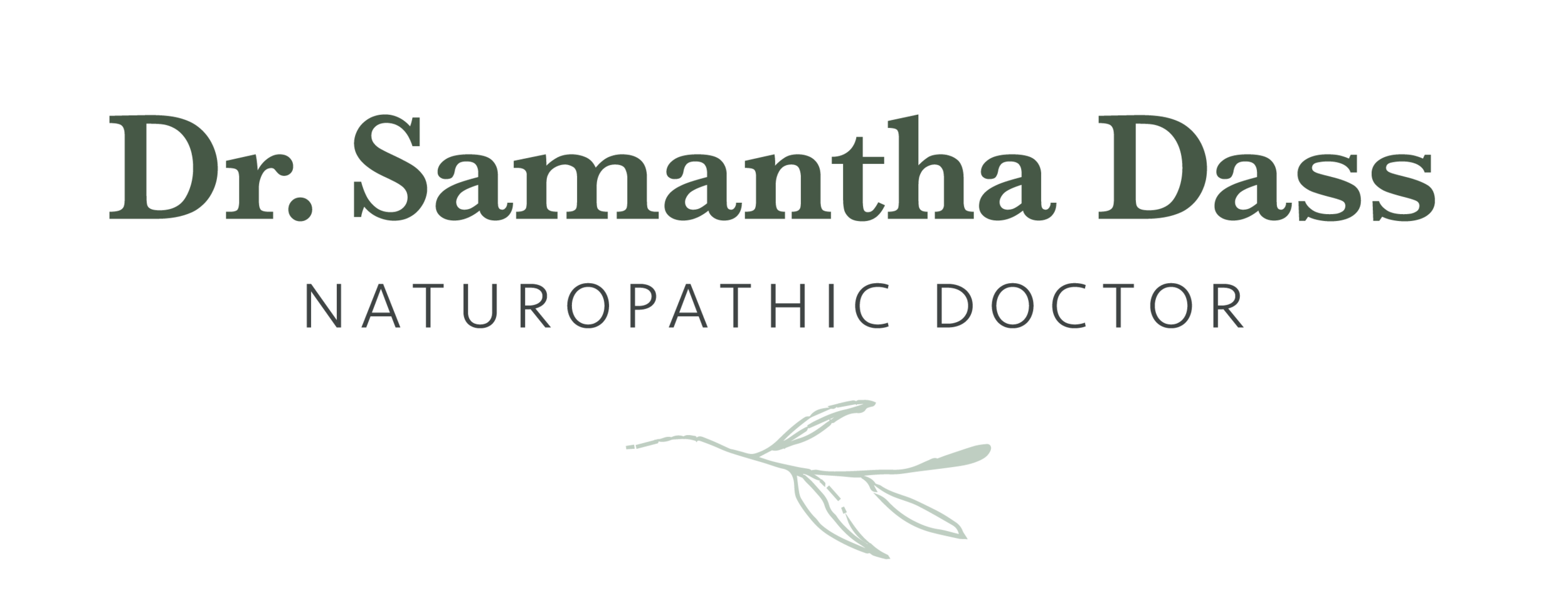Historic Herbs: Black Cohosh for Women’s Health
This is the third article in my historic herbs series. To read the previous article click here.
Black cohosh is also known as Cimicifuga racemosa or Actaea racemosa. It grows wild in North America – including right here in Canada. Native Americans used it throughout history and later, Europeans started using it. Historically, this herbs was used for pain. It was also used for periods that were irregular, too light or late. The roots of the herb are the parts to use.
One common use for this herb is for preventing period and ovulation cramps. Like most natural remedies, it should be taken before the cramps start. If the cramps have already started, it is less likely to be effective. It may work by calming spasm in the uterus and reducing inflammation.
Black cohosh was also a remedy for premenstrual syndrome. It has calming properties and may improve low mood. It also has estrogen modifying effects and may reduce menopausal symptoms. It was a choice remedy for both physical and emotional menopausal symptoms. It can take a few months to work for menopause.
In the past, this herb was often used for muscle, joint and nerve pain. This includes arthritis and sciatica. In modern times, this use of the herb is often forgotten about.
It was common to use black cohosh in the past to assist with childbirth. Today it's not considered safe in the first trimester of pregnancy. Currently there is not enough evidence to support the safety of using this herb for labour. It's not safe to take this herb if you have certain medical conditions or are on certain medications.
Many of the longest studies on black cohosh are 6 months so it's advised to not take this herb longer than 6 months.
If you need help with women's health concerns book an appointment or free 15-minute consult today.

